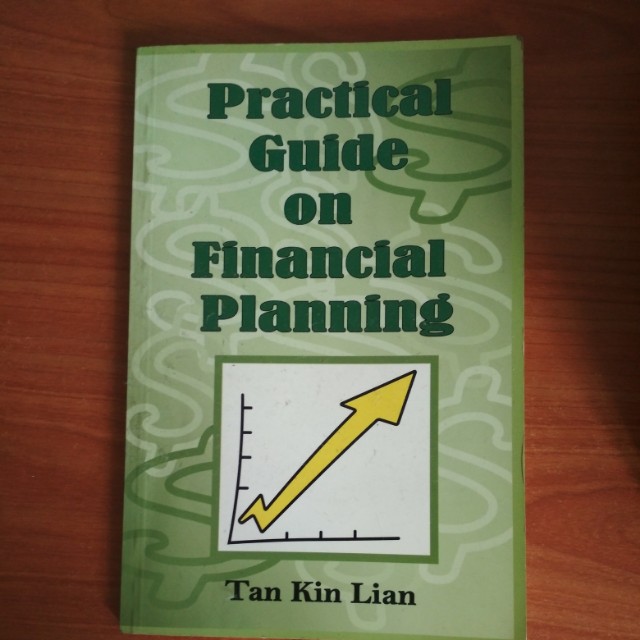11.Good Financial Products
- Criteria for good financial products: transparent, fair charges and value for money
- Product traded on an exchange such as stocks are transparent and available to all, you can either be a buyer or seller
- Invest in renown company stocks that have high volume transaction per day, avoid fund or stock has less than $100 million in asset
- Once again...avoid insurance saving plan!
- Stay away from any complex product that you do not understand!
12.A financial adviser
- Contrarily to the book, Simply, just avoid them or find a trusted financial advisor (or DIY yourself,there are many information about various product on bank websites, there is no need for a financial adviser)
13.How to deal with inflation
- Simply put, earn more money(1001 way to do this!)
14.Planning at a later stage
- Start saving early
15.Higher commitments
- Allocate your saving and expenses according to your income(see part 2:Start a financial plan here)
16.Investing on your own
- Before investing in the stock markets, you should be aware of the following risks:
- Poor performance of invested company
- Failure to take up right issues
- High expenses of trading
- Bad timing decisions
- Trading in shares requires a close knowledge of the market, most of the individual investors like you and me do not have the time or resources to monitor the market, that is our disadvantages against a large fund
- Investment research information is more readily available to large fund, they are able to act quickly to take advantage of the news.
- On the other hand, our advantages are that we are able to hold on our stocks throughout the bad times, large fund have to consistently make a profit and show results to shareholders
- We may end up selling at a low price or buying at a high price due to the delay in getting relevant information
- When a company makes a right issue, new shares are available for a discount, existing shares are diluted and drop in value
- Hence, avoid companies that have a habit of making rights issue regularly
- Don't rely on an investment tip
- In a bull market, investor make a profit by buying shares
- In a bear market, investors sell their shares
- Get one of this,I got one under the SAF Aviva
- Term insurance will pay out after a person death
18.Cost of health insurance
- Get one of health insurance
19.Cost of life insurance
- Also, get one of life insurance
20.The fun of gambling
- Don't start gambling, simple as that, unless its new year!
Will continue the next part here!




 Step 7)Select regular saving plan(red circle)
Step 7)Select regular saving plan(red circle)





